7artisans announced this 6mm f/2.0 APS-C Z Fisheye lens
7artisans has introduced a new fully manual 6mm f/2.0 APS-C fisheye, available now for $199 on Amazon (Click here).
7artisans has introduced a new fully manual 6mm f/2.0 APS-C fisheye, available now for $199 on Amazon (Click here).

Taking great photos isn’t just about resolution—it’s about capturing textures, colors, and details exactly as you see them.
Whether you’re a photographer, hobbyist, or content creator, Aiarty Image Enhancer makes it easy to clean noise, sharpen details, and bring out the best in every image. From high ISO night shots and soft portraits to images you want to print large, it helps you get professional-quality results without spending hours in post-processing.
This Christmas, Aiarty Image Enhancer is available at its lowest price ever:
Get Aiarty at the Holiday Price. The discount and coupon are valid for the Christmas season only.
Michael Breitung, a freelance photographer, put Aiarty to the test on a variety of real-world images—landscapes, woodland, seascapes, and architecture, in different sizes and qualities—and found that it’s the perfect tool for print preparation. Watch his independent review here.
Aiarty makes it simple to improve your images without complicated editing.
Aiarty adapts to different needs with specialized AI models:
Whether you use Sony, Nikon, Panasonic, Leica, or other cameras, Aiarty handles RAW files and delivers consistent results across a wide range of images.
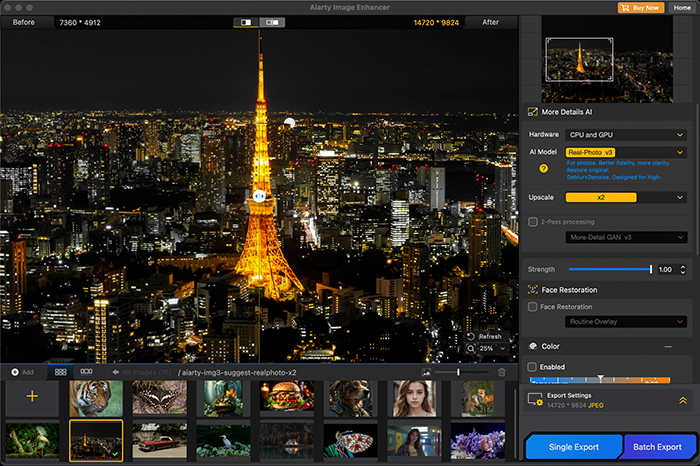
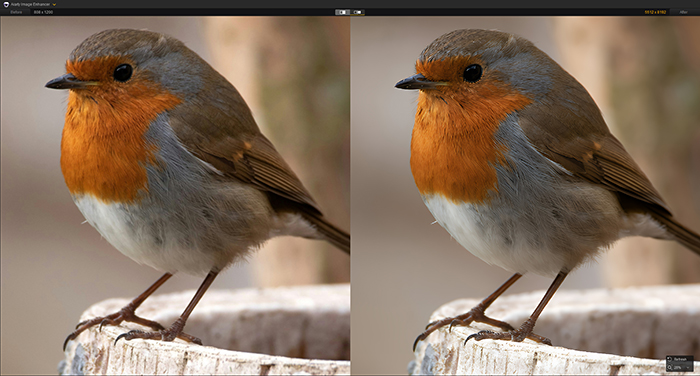
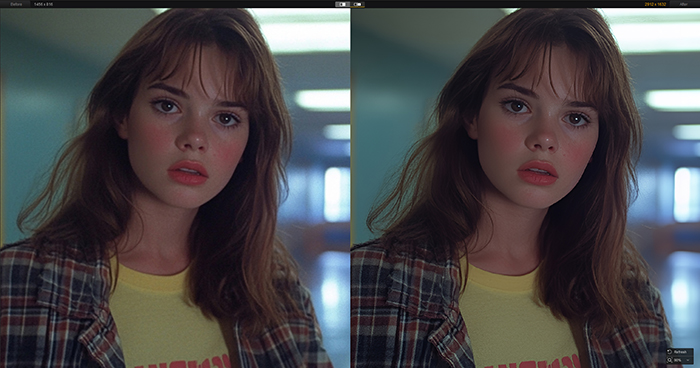
Adjust exposure, contrast, saturation, white balance, and tint directly within the app. Aiarty keeps your photos looking natural while allowing quick corrections—whether you’re fine-tuning subtle portrait tones or balancing lighting in a landscape.
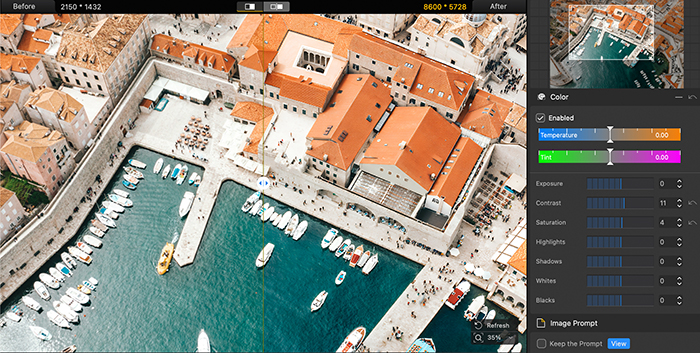
Need larger prints or high-resolution projects? Aiarty enlarges images up to 32K resolution, making it ideal for professional-quality prints or large-format displays—even compressed JPEGs retain fine details.
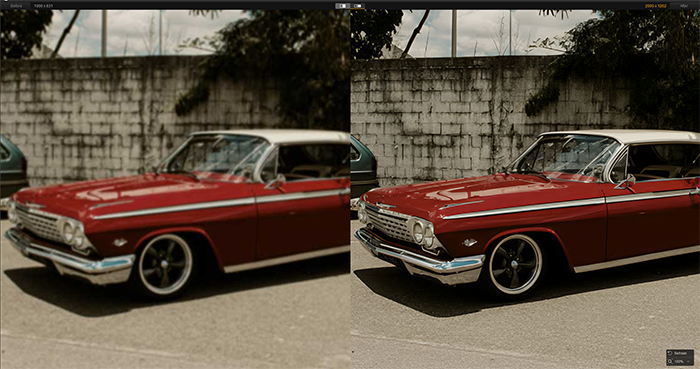
Aiarty Image Enhancer helps you spend more time capturing moments and less time fixing images. From reducing noise and sharpening details to upscaling and color adjustments, it keeps photos clean, vibrant, and natural-looking.
Whether you’re preserving a cherished memory, sharing travel shots, or working on creative projects, Aiarty gives you practical tools to bring out the best in every image.
This holiday season offers a good chance to see how AI can make photo enhancement simpler and more efficient. Check out the ongoing Christmas deal.
Nikon has begun distributing firmware version 5.30 for the flagship Nikon Z9. The update is available now via Nikon’s official Download Center and is recommended for users who want the latest refinements and reliability improvements.
Changes from “C” Firmware Version 5.20 to 5.30
| Note: The changes listed below under “Still Photography”, “Video Recording”, “Playback”, “Controls”, and “Network” are detailed in the Supplementary Firmware Update Manual.
Note: Due to the addition of new menu items, some Custom Settings menu items have been renumbered. ■ Still Photography
■ Video Recording
■ Playback
■ Controls
■ Network
■ Other Changes
|
The Canon R6III has conquered the Japanese charts and is obviously in the lead. But Nikon cameras are still selling strong:
Mapcamera best selling cameras in November
Yodobashi best selling cameras second half of November
Yodobashi best selling lenses second half of November
In this video the Dpreview team discusses the gear of the year. Here is the list:
Product of the Year
Best High-End Camera
Best Enthusiast Camera
Best Prime Lens
Best Compact Camera
2025 DPReview Innovation Award
In their usual professional and sober fashion 😉 Chris and Jordan analytically selected the Best and Worst gear of the year!
Best Camera:
Best Lens
Best Video camera
Worst Camera:
Worst Lens:
Worst Video Camera: